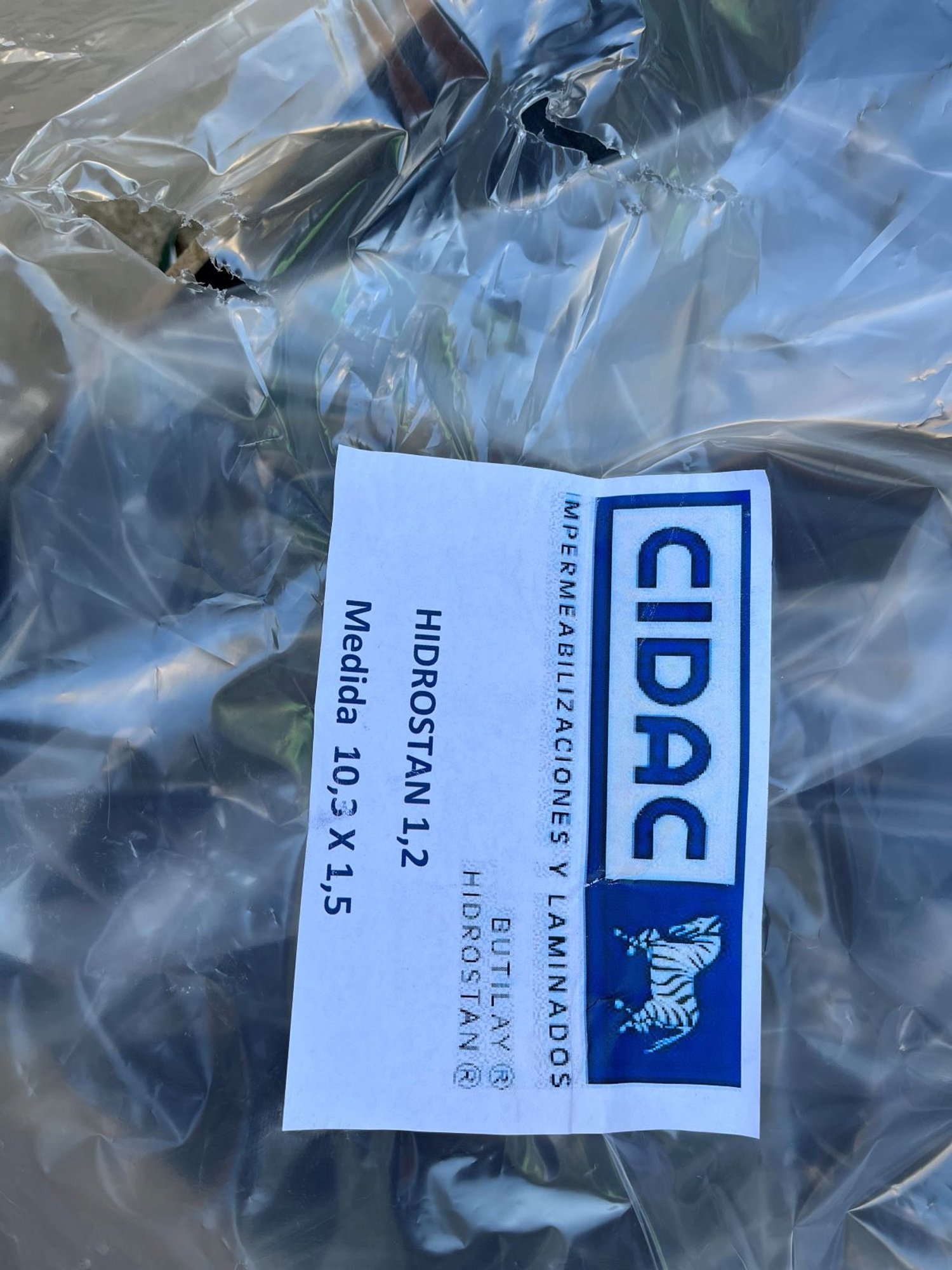Hidrostan waterproof membranes made of EPDM. What they are.
Le membrane impermeabili Hidrostan in EPDM sono costituite da copolimeri di etilene e propilene che sviluppano lunghe catene molecolari sature in grado di rendere la mescola adatta al contatto con molti fluidi di natura diversa
EPDM (Ethylene Propylene Diene Monomer) is a type of synthetic rubber characterized by exceptional physical and chemical properties that make it one of the most popular solutions in the construction, infrastructure and industrial sectors. It is an elastomer made from a mixture of ethylene, propylene and a small amount of diene monomer, which gives it extraordinary elasticity and resistance to the most extreme environmental conditions.
The term elastomers (natural or synthetic rubber) refers to that class of macromolecules belonging to the polymer family that exhibit high elastic characteristics. They are materials that exhibit obvious deformation when subjected to relatively small stresses, but are capable of rapidly recovering their initial state (shape and size) as soon as the imposed stress is removed. They are, in addition, capable of dissipating energy due to their viscoelastic nature.
Key applications of elastomers include advanced products such as Hidrostan waterproof membrane, which offers excellent waterproofing properties in multiple areas. To achieve these specific properties requires that the polymer undergo a cross-linking process called vulcanization. Through this process, chemical bonds are created between macromolecules and the three-dimensional structure typical of elastomers is generated.
EPDM rubber-based artifacts are insensitive under both static and dynamic conditions and to the action of oxidizing agents. No addition of antiozonating or antioxidant agents is necessary to achieve this behavior.
- Excellent resistance to degradation due to atmospheric aging.
- Good resistance to high temperature (up to 130°C) in both dry and humid environment,maximum point at short 150c°.
- Good resistance to low temperatures:flexibility is preserved down to -55 °C.
- Excellent dielectric properties.
- High resistance to permanent deformation even under load.
- High mechanical and elastic properties and maintenance of this property over time.
- Good resistance to many chemicals (organic and inorganic acids, alkalis, amines, phosphate esters, hydraulic fluids, antifreeze liquids and brines bleaching agents, biodegradable and non-biodegradable detergents, vegetable oils and fats) and low molecular weight polar solvents (alkalis, ethers, ketones, glycols).
Good resistance:
- Ozone and weathering
- Water and steam, salt solutions, strong mineral bases and derived solutions
- Glycols and derived brake fluids
- Alcohols, ketones and other oxygenated solvents.






